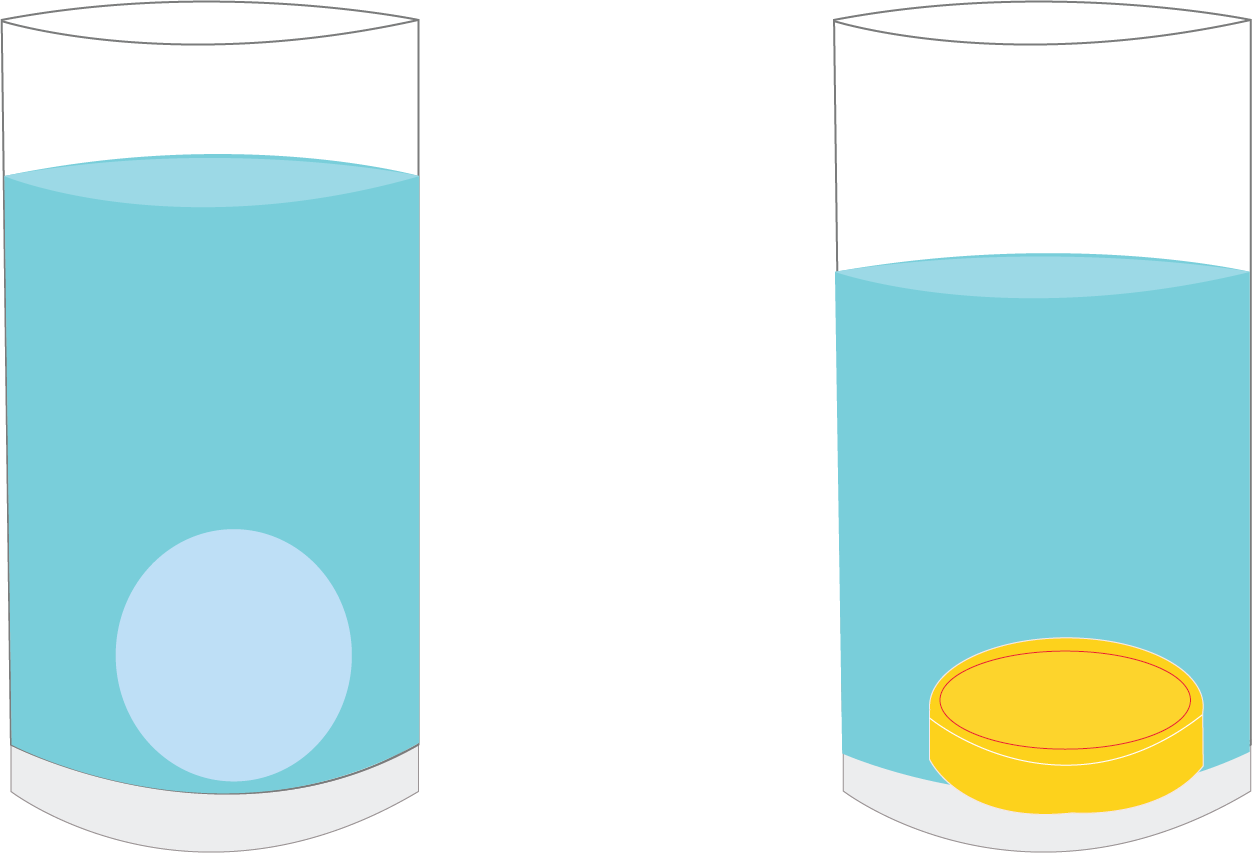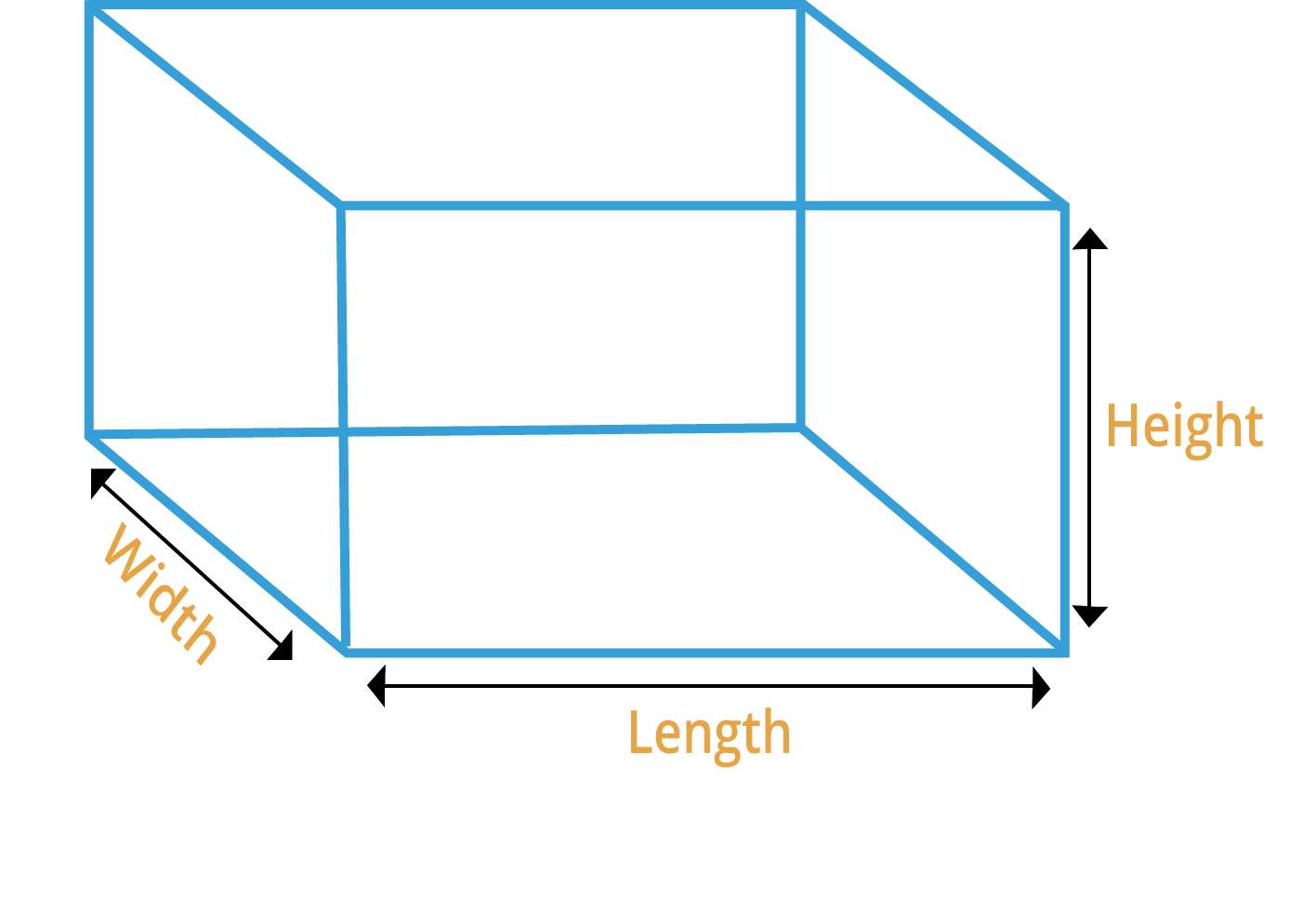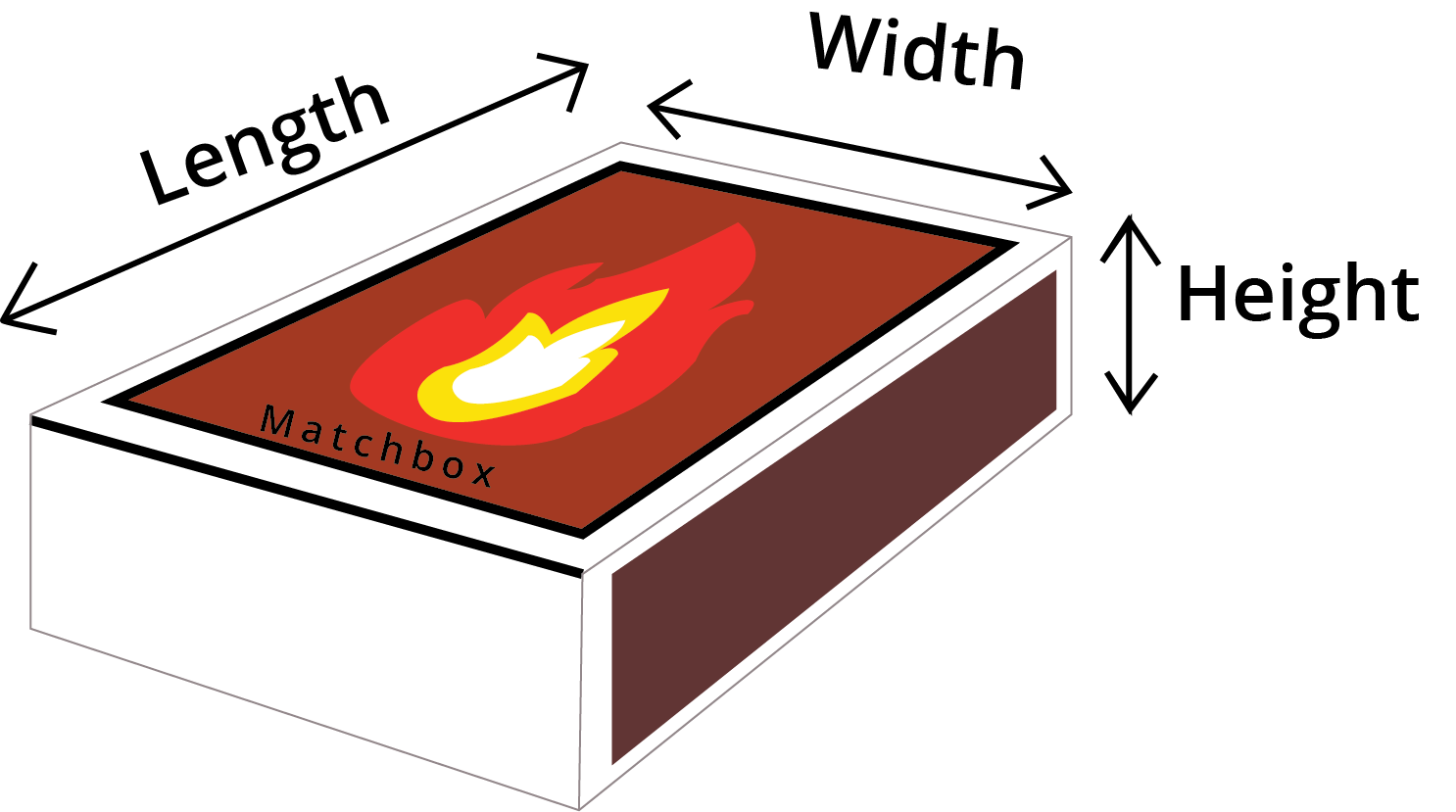Maths Notes for Chapter 14 How Big How Heavy Class 5 - FREE PDF Download
FAQs on How Big How Heavy Class 5 Maths Chapter 14 CBSE Notes - 2025-26
1. How can I measure the volume of a cube?
In order to find the volume of a cube, you have to figure out the length, breadth, and height of the cube in the first place. Multiplying these three values will give you the answer for the volume of the cube.
2. Are revision notes for class 5 chapter 14 beneficial?
Practicing and learning from these revision notes crafted by experts at Vedantu will help you grasp the concepts easily. These notes have been created in a very simple manner which can make the process of preparation very easy.
3. How difficult is Class 5 Maths Chapter 14 How Big How Heavy?
If you don’t have a good understanding of the topics included in chapter 14 of Class 5 maths, it might be a bit difficult for you. But by referring to How Big How Heavy revision notes, you can understand the topics very easily.
4. Why is mastering measurements in Class 5 Maths Chapter 14 important?
Understanding measurements in 'How Big, How Heavy' is crucial as it forms the foundation for various mathematical concepts. It helps students quantify and compare objects, laying the groundwork for practical applications in daily life and building essential skills for future mathematical learning.
5. How can the knowledge gained from Chapter 14 benefit students in real-life situations?
Mastering measurements not only aids in academic success but also has practical applications in daily life. The skills acquired in 'How Big, How Heavy' empower students to make informed comparisons, measurements, and decisions related to size and weight, contributing to their overall mathematical proficiency.




























